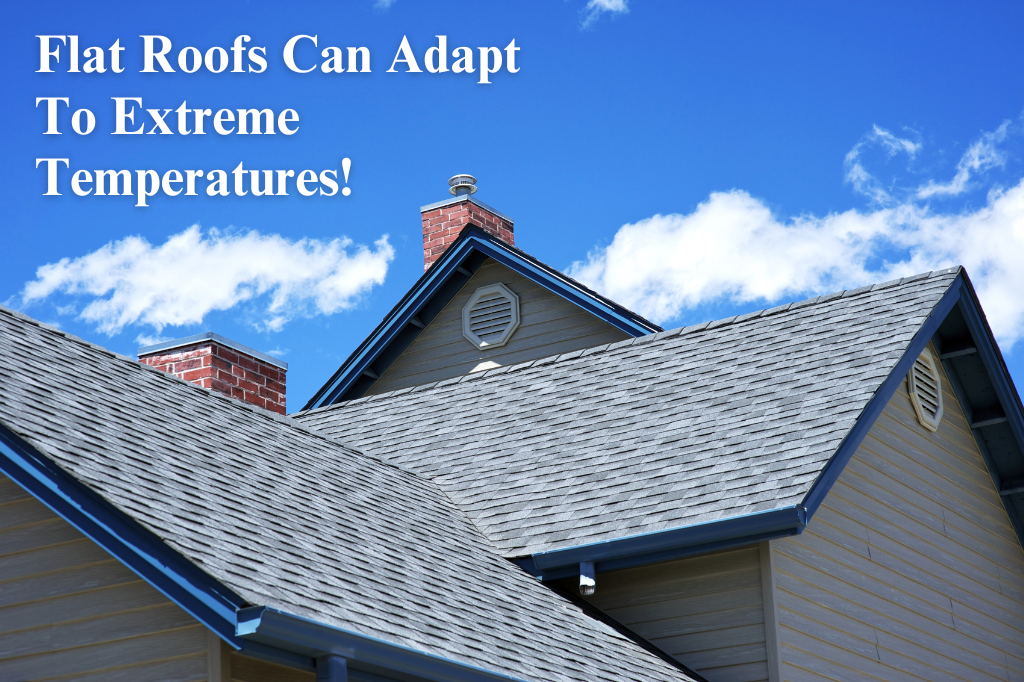Introduction
Flat roofs are increasingly favored for their sleek design and functional advantages. However, the choice of roofing material is essential for ensuring longevity and resilience against climate-specific challenges. This article delves into the best materials for flat roofs, highlighting their suitability for different climates, thereby guiding homeowners and builders in making informed decisions.
Ideal Flat Roofing Materials
1. Built-Up Roofing (BUR)
- Built-Up Roofing (BUR) is composed of multiple layers of asphalt and reinforcing fabrics. This traditional roofing material is highly effective in various climates due to its strong waterproofing capabilities. In arid regions, BUR's heat-reflective properties can help keep indoor spaces cooler, while its thermal mass benefits colder climates by providing superior insulation.
2. Modified Bitumen
- Modified bitumen offers flexibility and strength, making it a preferred choice for flat roofs. This material excels in climates that experience temperature fluctuations. The added modifiers in modified bitumen enhance its elasticity and durability, enabling it to withstand extreme weather conditions such as heavy rainfall and snow. Its versatility allows for easy installation through hot or cold methods.
3. EPDM (Ethylene Propylene Diene Monomer)
- EPDM is a rubber roofing membrane known for its exceptional longevity and weather resistance. This material is particularly effective in regions with high UV exposure, as it resists degradation and maintains its integrity over time. EPDM's flexibility allows it to expand and contract with temperature changes, making it suitable for areas with significant climate variations.
4. TPO (Thermoplastic Olefin)
- TPO roofing is gaining traction due to its energy-efficient properties. This single-ply membrane reflects sunlight, helping to reduce cooling costs in warmer climates. TPO is also resistant to punctures and tears, making it a durable option for flat roofs. In cooler climates, TPO's ability to resist mold and mildew ensures a longer lifespan and lower maintenance needs.
5. PVC (Polyvinyl Chloride)
- PVC roofing is recognized for its strength and energy efficiency. This material is highly resistant to chemicals and UV rays, making it ideal for industrial and commercial applications. In coastal areas, PVC's resistance to saltwater damage is particularly advantageous. Its reflective surface helps keep buildings cooler in hot climates, while its robust structure provides insulation in colder regions.
Conclusion:
Selecting the right materials for flat roofs is vital for ensuring their longevity and performance in varying climatic conditions. Built-up roofing, modified bitumen, EPDM, TPO, and PVC each present unique benefits tailored to specific environments. By understanding the characteristics of these materials and their suitability for different climates, homeowners and builders can make informed decisions that enhance the durability and efficiency of flat roofs, ultimately leading to reduced maintenance costs and improved energy savings.





Comments